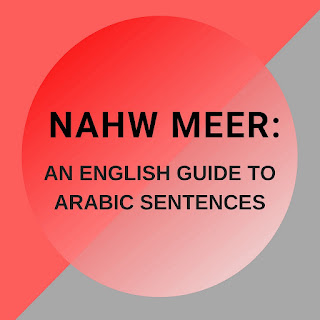Section 1 . 4 – Sentences فَصْلٌ ١. ٤ – جُمْلَةٌ A sentence جُمْلَةٌ must include at least two words كَلِمَاتٌ . Each word can be explicit لَفْظًا , that is, spelled out, as in ضَرَبَ زَيْدٌ meaning “Zaid hit” and زَيدٌ قَائمٌ meaning Zaid is standing; or Implicit تَقْدِيرًا i.e. hidden, as in اِضْرِبْ meaning “ hit!” command, in which Pronoun أَنْتَ meaning "you" is Implicit. A sentence often consists of more than two words كَلِمَاتٌ and there is no limit to the number of words كَلِمَاتٌ in a sentence. Words in a sentence cannot be other than a Noun, Verb, or a Particle. When you see a sentence, differentiate between Nouns, Verbs, and Particles, and notice whether they are flexible مُعْرَبٌ or Inflexible مَبْنِيٌّ and whether they have active elements/Particles عَامِلٌ or the target of the action is مَعْمُوْلٌ . By doing so, you will understand how words are joined and you will differentiate between Object مُسْنَدٌ and Subject مُسْنَ




